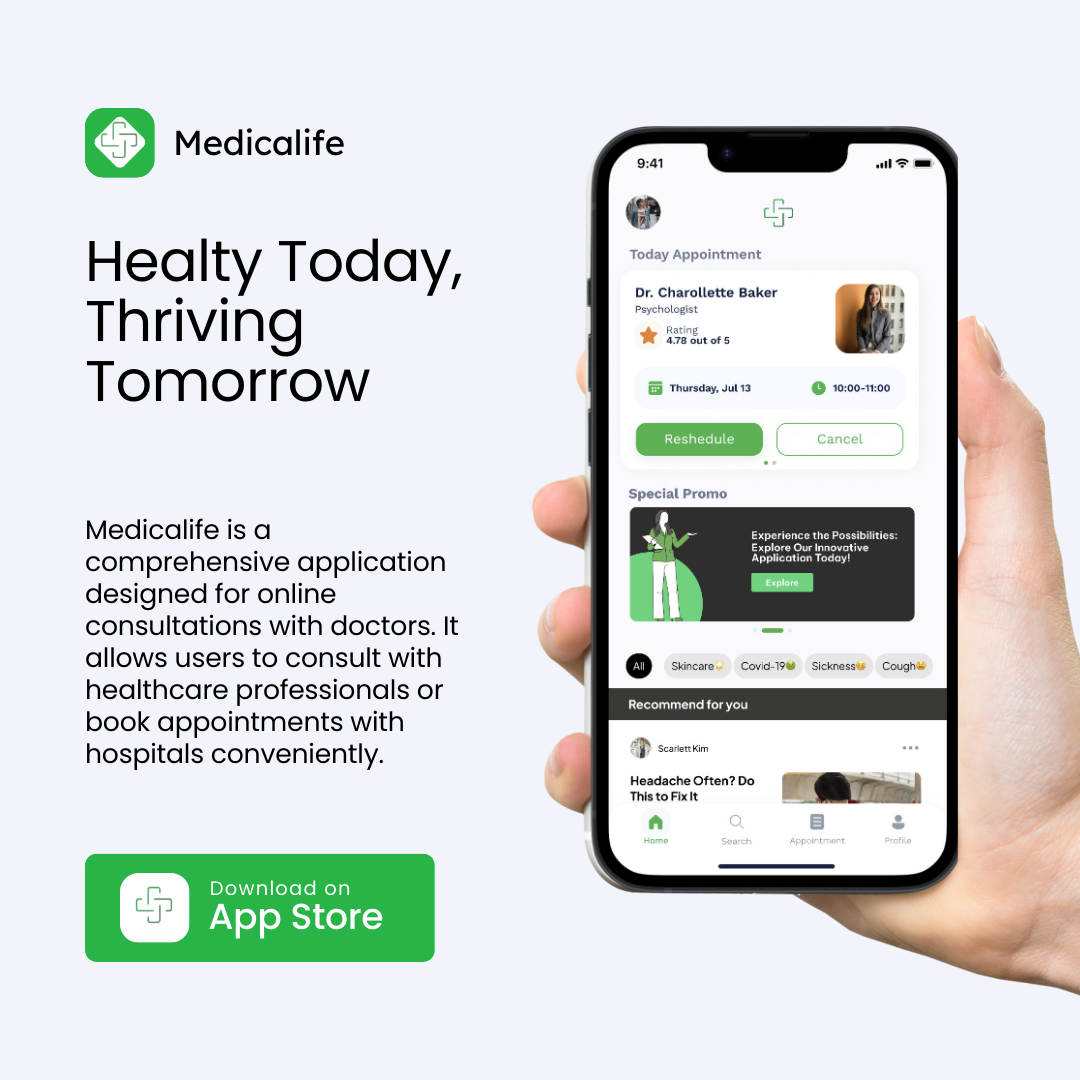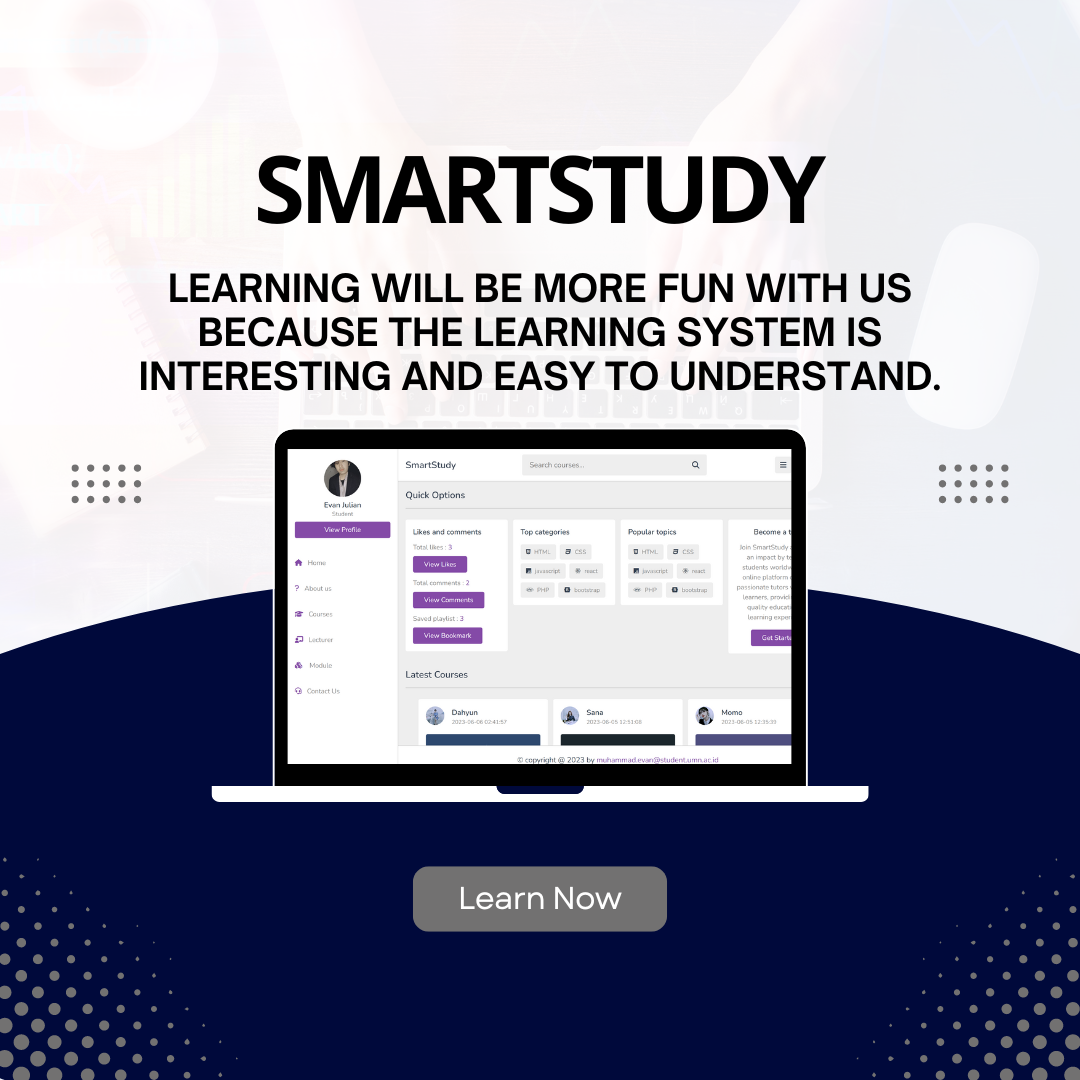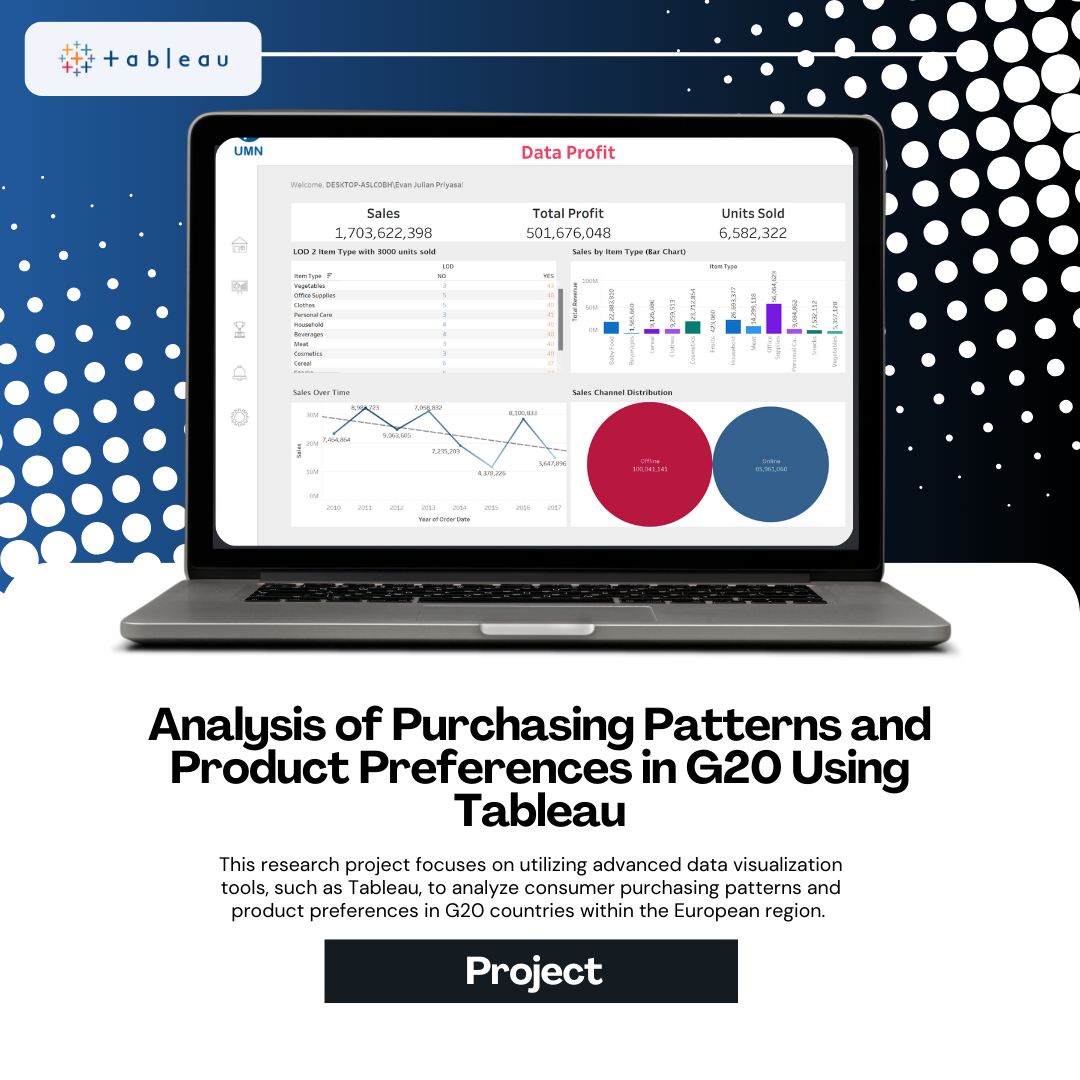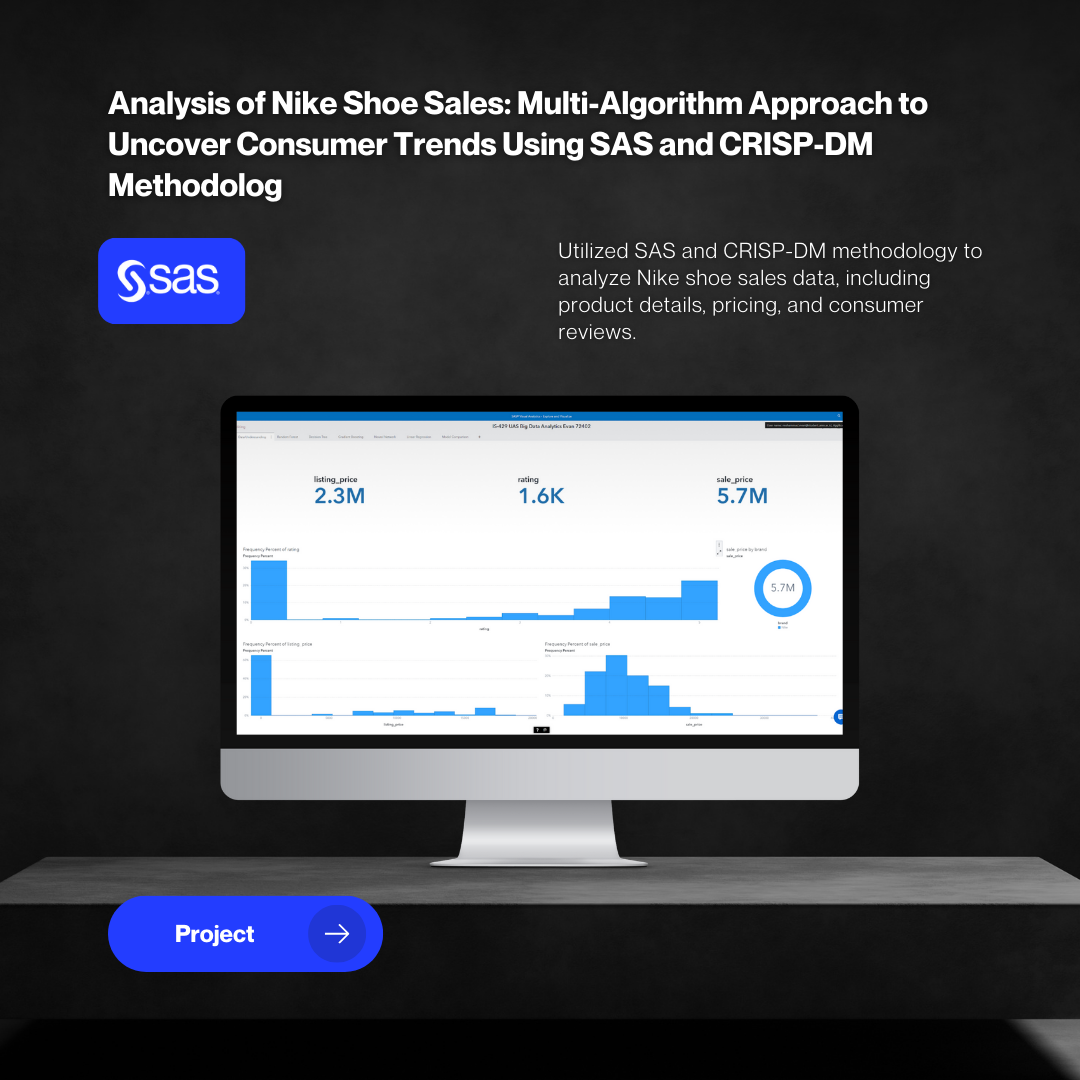EduLearn: Revolutionizing Student Support
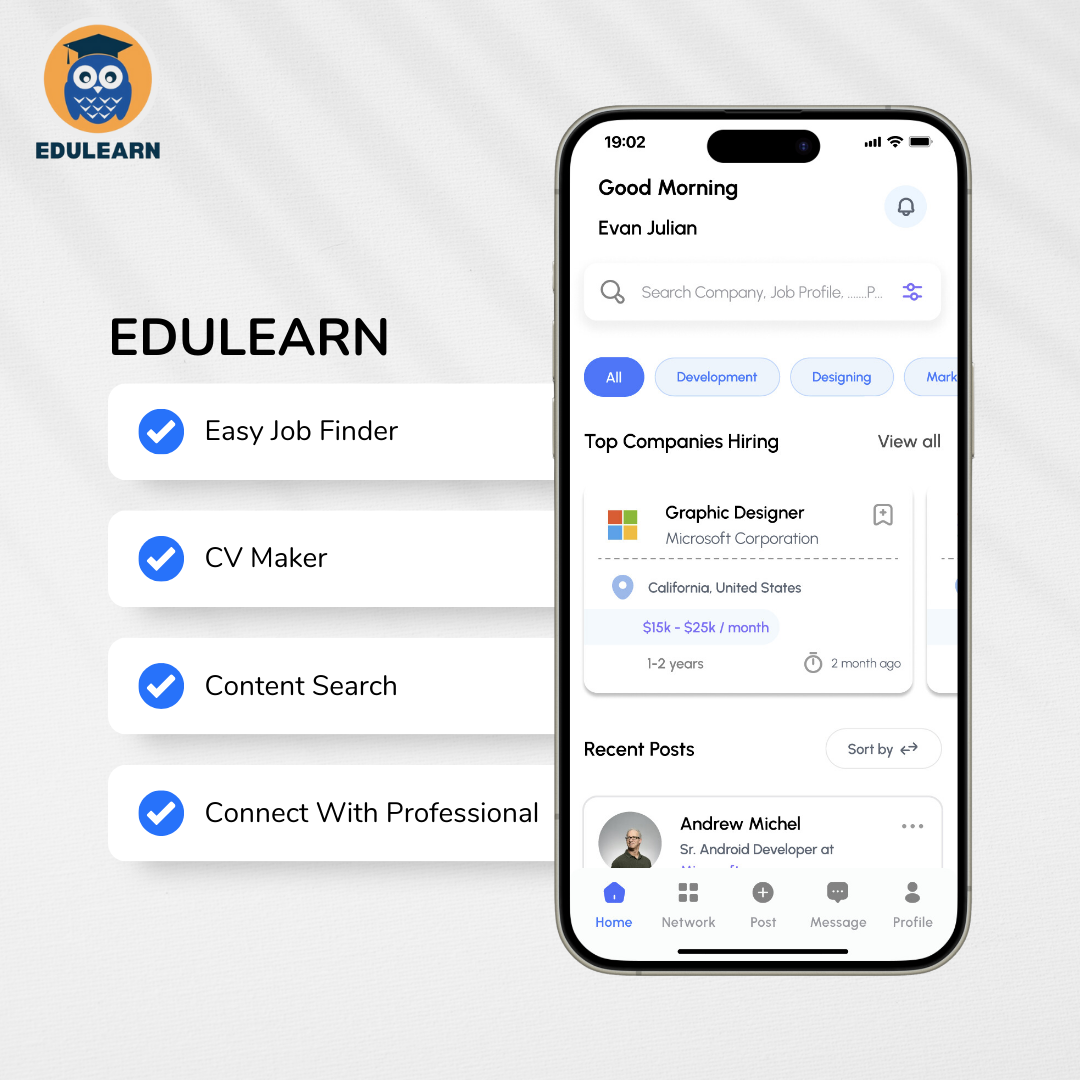
Figure 1: Main Interface of the EduLearn App.
EduLearn is a platform designed to help students navigate the financial pressures of higher education while also offering solutions to academic challenges. Rising education costs, paired with increasing living expenses, place significant burdens on students. EduLearn utilizes a Design Thinking approach to create tools that improve financial management, academic support, and overall well-being, helping students achieve success in their academic journey.
1. The Problem: Navigating Student Hardships
Education is a critical foundation shaping one's future. However, faced with increasing education costs and financial pressure, students feel burdened in pursuing their academic dreams. Although higher education costs in Indonesia are relatively lower compared to other countries like Australia, Singapore, or the United States, this does not reduce the financial burden felt by students. According to Databoks, Generation Z tends not to allocate savings specifically, with 56.6% rarely or never saving. The use of credit cards and 'pay later' services for non-urgent purchases reaches about 20%, adding complexity to financial management. High academic workload is also a problem for students, where demanding courses and tight deadlines often result in significant mental and physical pressure.
- Financial Burden: High tuition and living costs, coupled with poor saving habits among Generation Z.
- Academic Stress: Balancing studies with work commitments and managing demanding coursework.
- Emotional Toll: Increased anxiety and reduced well-being due to financial instability and academic pressure.
2. The Goal: Empowering Student Success
Our main goal for EduLearn is to create a solution that provides financial assistance and emotional support to students from middle to low-income financial backgrounds. This solution must ensure easy access to relevant information and resources while overcoming the financial obstacles they face. We aim to strengthen students' emotional well-being so they can fully focus on their academic achievements without being disturbed by financial uncertainty or related stress.
- Provide effective financial tracking tools and information on scholarships and part-time jobs.
- Offer accessible academic assistance and resources for skill development.
- Enhance overall student well-being by reducing financial and academic stress.
3. My Role & Responsibilities
As a member of Group 8 working on this project for the Technopreneurship (EM105-A) course in the Information Systems study program at Multimedia Nusantara University, my role centered on being a UI/UX Designer and part of the Frontend Development Team for EduLearn. My responsibilities covered the entire design lifecycle, from user research and ideation to prototyping and implementation. I worked closely with stakeholders, product managers, and developers to translate user needs into a functional and aesthetically pleasing interface.
- Conducted comprehensive user research through online interviews and direct observations to understand student challenges and aspirations.
- Developed user personas (e.g., "Struggling Sarah", "Overwhelmed Oliver") based on research findings to guide design decisions.
- Created high-fidelity prototypes and interactive mockups using Figma, iterating based on usability testing.
- Collaborated with the frontend team to ensure seamless design implementation using HTML, CSS, and JavaScript.
- Performed usability testing to gather direct feedback on proposed solutions for further refinement.

Figure 2: Iterative Design Process for EduLearn.
4. Design Process & Solution
Our design process was rooted in Design Thinking methodologies, emphasizing empathy, ideation, prototyping, and testing. This iterative approach allowed us to continuously refine our solutions based on actual user feedback.
Empathy Phase: Understanding Users
In the Empathy phase, the main focus is on deeply understanding the experiences, needs, and motivations of users. We used a combined approach of online interviews with students, parents, and employees, as well as direct observation of student activities. Interview results showed that students face financial pressure affecting their emotional and academic well-being, and parents are proud if their children have strong personalities, are responsible, and achieve academic success.

Figure 3: Example Empathy Map.
Based on these findings, we developed personas for students (from middle to low-income backgrounds), parents of students, and employees who have attended college, to deeply understand user needs and concerns.
Define Phase: Formulating the Problem
In the Define phase, we analyzed the collected data to clearly and specifically identify the problems that needed to be solved. The main problem statement found was that students from middle to low-income financial backgrounds face significant financial challenges, creating stress and anxiety, which can reduce their focus and academic performance.
- Main Problem: Students experience financial difficulties, feel sad, confused, and even consider dropping out of college.
- Need: Students want to take action to solve financial problems while maintaining focus on academics.
- Obstacle: Difficulty finding information related to scholarships, part-time jobs, and freelance work.
From here, we formulated "How Might We" questions to guide ideation, focusing on helping students fulfill their parents' hopes, providing definite financial support, providing reliable job vacancy information, and maintaining their academic focus.
Ideate Phase: Generating Innovative Solutions
The Ideate phase allows team collaboration to generate as many ideas as possible to solve the defined problems. We used techniques such as Brainstorming and SCAMPER Techniques to foster creativity and innovation.
Brainstorming:
Brainstorming sessions generated diverse ideas to help students make their parents proud (e.g., scholarship information, self-development, part-time jobs), provide reliable job vacancy information (e.g., company collaborations, career days, information guarantees), and support student finances without sacrificing academics (e.g., flexible schedules, investment education, academic competitions).
SCAMPER Techniques:
Through SCAMPER, we modified existing ideas:
- Substitute: Voice search (speech-to-text) feature for easier searching.
- Combine: AI-powered job vacancy information validation to ensure authenticity.
- Adapt: Adopting features from Jobstreet (scholarship/part-time info), Maps (job locations), YouTube/Tochi Diary (motivational/mental health videos), Shopee (personal job recommendations), and a star review system.
- Modify: Automatic CV creation from user biodata, job vacancy adjustment based on user needs, and free video integration to save data.
- Put to Another Use: Application can be used by professionals (not just students) for skill development and job searching.
- Eliminate: Removal of single-item search limitations (multi-search) and simplification of registration/login process.
- Reverse: User-toggleable notification feature and AI Chatbot customer service.

Figure 4: Interactive EduLearn Prototype tested.
EduLearn's product concept is an integrated online learning platform that provides access to quality education, combining interactive content, customized learning modules, and online mentorship.
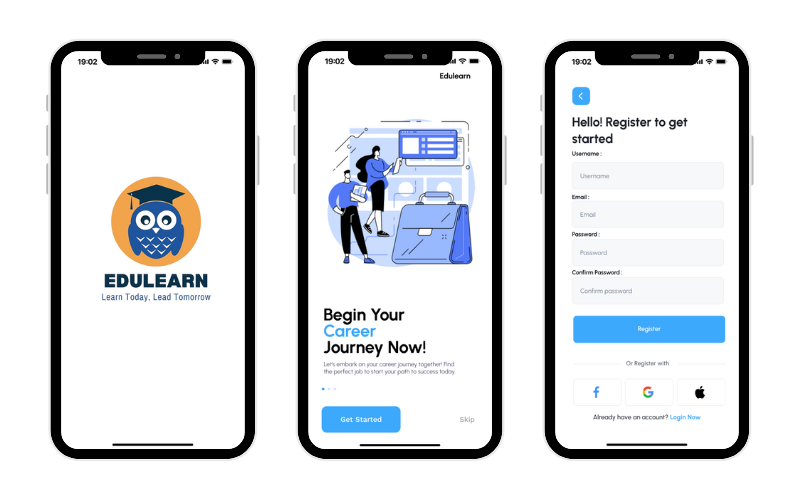
Figure 5: EduLearn App Initial Screens and Login/Register Process.
5. Results & Impact
Although this project focuses on the design and ideation phases (based on the college proposal), the EduLearn concept is designed to have a significant impact. By providing valid information on scholarships and job opportunities, EduLearn aims to increase students' financial accessibility. Furthermore, through educational content and self-development features, this platform contributes to improving the skills of students and workers. The implementation of AI for data validation and job recommendations also increases the efficiency and accuracy of information. The freemium business model ensures the platform's sustainability while remaining accessible to all users.
- Improved Financial Accessibility: By providing valid information on scholarships and job opportunities, EduLearn aims to reduce financial burdens.
- Enhanced Skill Development: Through educational content and self-development features, users can better prepare for the job market.
- Increased Efficiency and Accuracy: AI technology in data validation and job recommendations ensures reliable information.
Conclusion & Future Outlook
EduLearn has shown great potential as an integrated solution to support students and workers in overcoming financial, academic, and career development challenges. With a focus on innovation, relevance, and sustainability, EduLearn is capable of providing real benefits to its users. Moving forward, continuous development and implementation of identified recommendations (such as adding video training features, strategic partnerships, and enhanced security) will ensure that EduLearn continues to be an effective and beneficial tool for all users.
